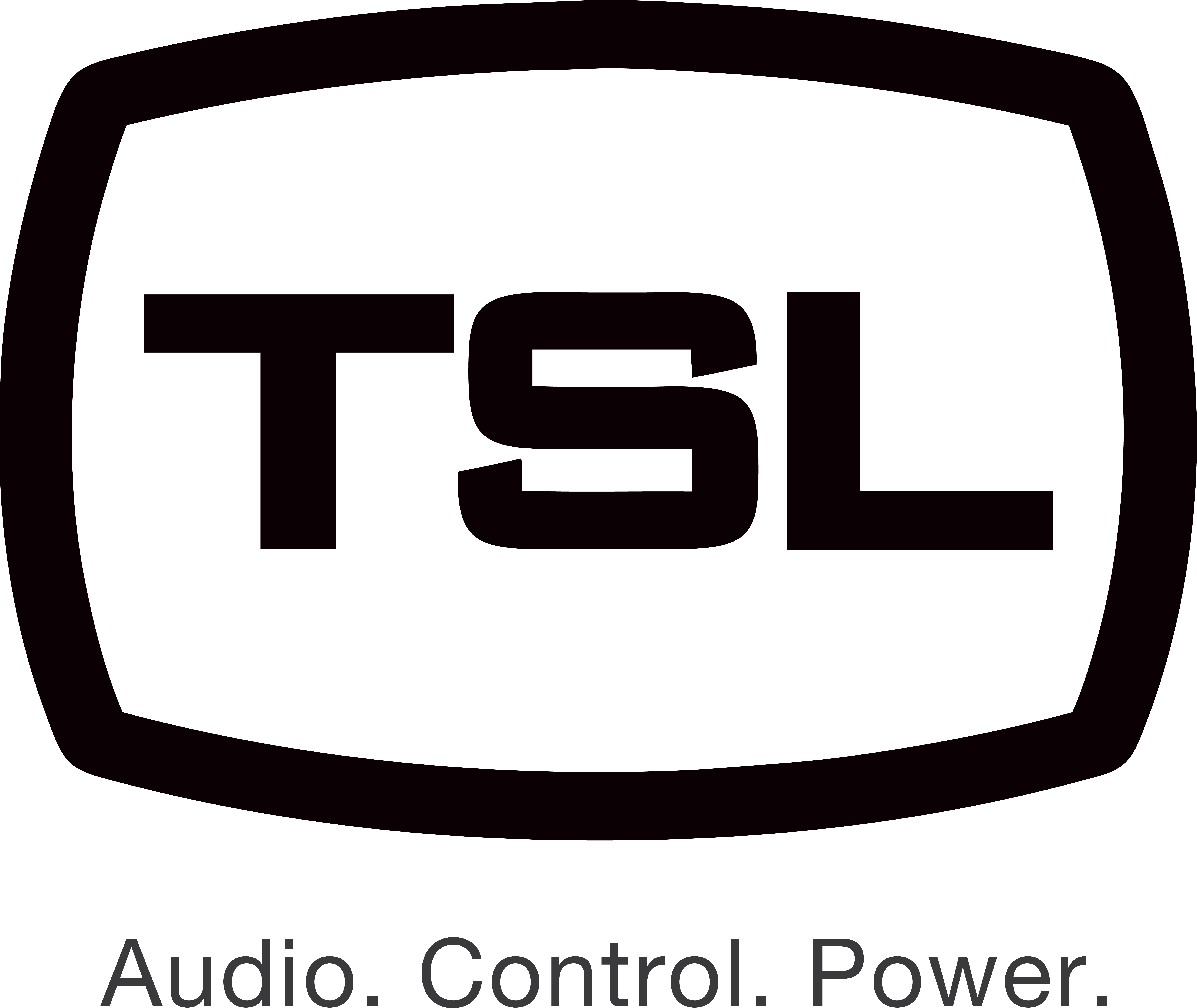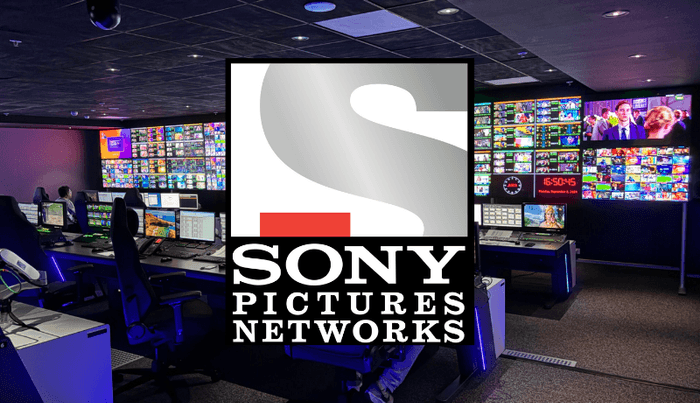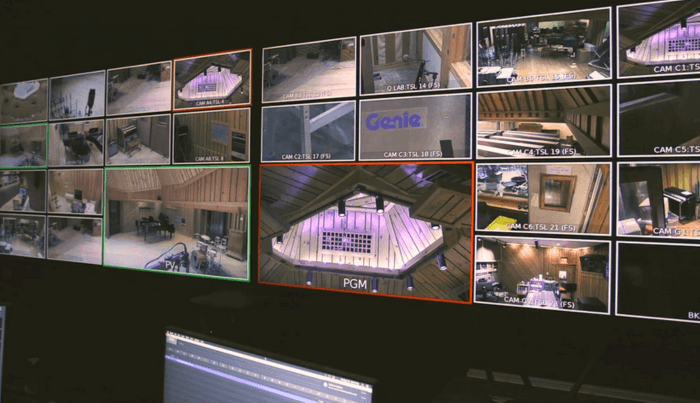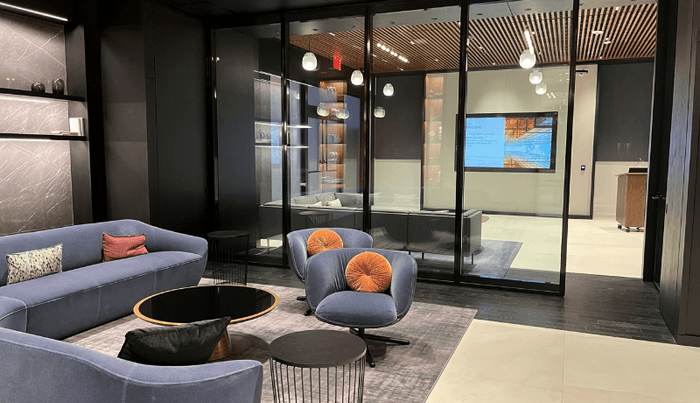Subtitle Routing Automation & Tier-4 Rated Data Centre Power for Sony Pictures Networks India
TSL delivered an innovative project to automate subtitle routing in a complex IP-based environment for Sony Pictures Networks India (‘Sony PNI’) as part of the modernisation of its playout operations at its new facility in Mumbai, alongside deployment of TSL’s intelligent, managed PDUs to help achieve Tier 4 certification. Subtitle Routing Automation The automation project…
Read MoreMajor Sports League Controls Live Ad Breaks with Real-Time SCTE Triggering
A Major North American Sports League needed a solution to guarantee their broadcasts did not go to an ad break when the action was still happening, and also to ensure roll-to-break accurately occurred during time-out or during intermission with appropriate durations. They decided to deploy TSL control panels (USP) and TSL SCTE applications in every arena, with an operator able to decide when to trigger ad breaks. Downstream, playout channels receive the embedded SCTE signal and take actions based on what the person at the arena is seeing and inserting into the live feed. The result is a system that keeps operators informed of events as they happen and gives them the ability to overcome issues more efficiently in real-time, as well as retrospectively review them.
Read MoreSimplifying Complex Video Routing at U2’s Residency at Sphere, Las Vegas
U2’s residency at Sphere, Las Vegas, was one of the most technologically advanced live shows ever. The venue needed a highly sophisticated solution to manage its extensive visual display system, which included multiple independent routers from various manufacturers. Solution TSL Control was deployed by Fuse Technical Group as a modular hardware and software solution for…
Read MoreBerklee College of Music (NYC) Deploys TSL Control to Seamlessly Transition to IP Routing
To remove the requirement of hired OB truck facilities, Berklee College of Music built a state-of-the-art, IP-based infrastructure into the Power Station studios at BerkleeNYC, based on Riedel’s technologies, endpoints and gateways. TSL’s IP Transition Solution: X-Connect is responsible for the media flow management and real-time routing control across the multi-switch system. This allows any…
Read MoreHigh-Quality Video Routing and Control for Fortune 500 Firm
A Fortune 500 Banking Firm were looking for a cost-effective 2110 control layer to translate router control commands from Q-SYS to NMOS endpoint control of Riedel and Panasonic media gateways. In a solution delivered by systems integrator Diversified, Riedel’s MediorNet IP video distribution and conversion equipment — paired with the award-winning TSL Hummingbird X-Connect SMPTE…
Read MoreTally (UMD, Camera Delegation)
The modern broadcast system contains a vast array of devices that either produce, display or ‘consume’ tallies. Most of these devices will produce or receive the tally information in different ways using different protocols and interfaces. Tally requirements can be very small and contained, but some can be very large systems that are spread across…
Read MoreScheduled Actions and Secondary Events
One of the primary pillars of modern broadcast workflows is reducing the number of manual functions that operators are responsible for. Using scheduled actions and secondary events, production automation can be applied to many functions that happen on a daily or weekly basis at specific times of day and can be easily automated to free…
Read MoreGraphics Management
Modern live news networks will prepare many graphics ahead of time for potential future events, such as various outcomes of elections or sporting events. Managing this workflow and ensuring that the proper versions of graphics make it to air can often fall on the graphics department, which can make their daily work more complicated. Using…
Read MoreControl Room Snapshot and Recall (Presets)
When a production gallery switches the studio floor it’s been assigned to, or where it’s switched to a backup system, it requires the reconfiguration of multiple devices or systems, which can be complex and time-consuming. TSL’s suite of control solutions can create flexible, user-configurable snapshots of system configurations that can be instantly and easily recalled. These…
Read MoreDisaster Recovery
Many broadcasters need to provide a disaster recovery playout chain, but cannot afford a full additional channel of automation from one of the larger broadcast manufacturers. TSL Control can provide a low-cost, simple playout solution that will interface with a scheduling system (via BXF) and provide scheduled control of multiple devices, including basic secondary events.…
Read More




